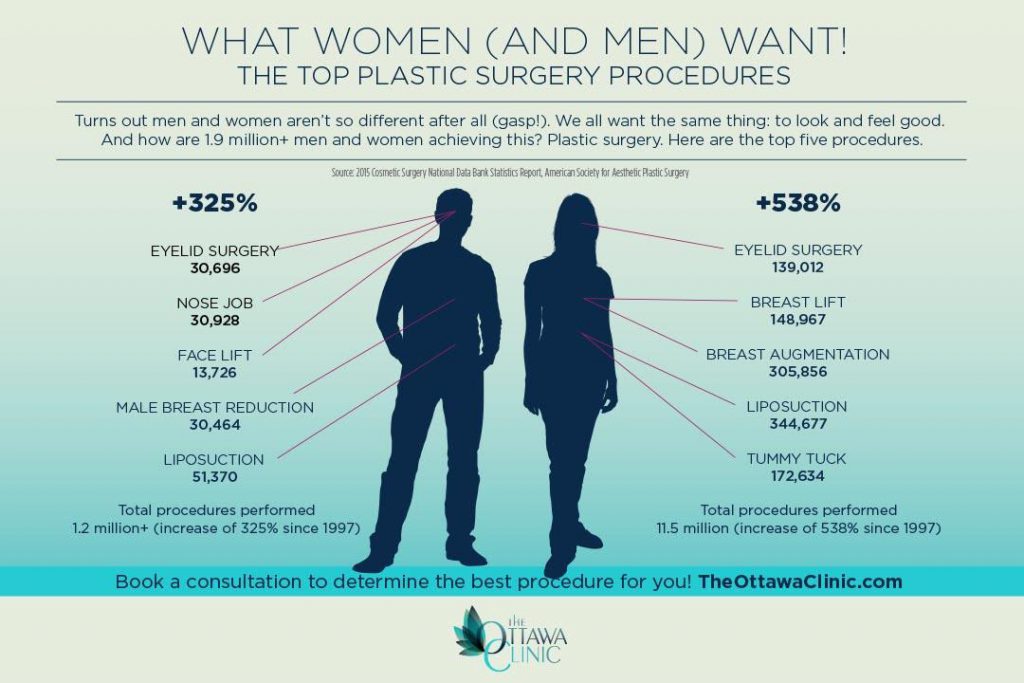Acne outbreaks in the cheek area are triggered by lots of things, from touching your face frequently to not transforming your pillowcase often sufficient. Picking at acnes increases your threat of infection and scarring, and particular medications can worsen dark areas (postinflammatory hyperpigmentation).
Thankfully, there are numerous methods to avoid and treat cheek acne. These consist of:
1. Hormonal Modifications
Acne is mainly triggered by hormonal agents, particularly those created during adolescence and pregnancy. For some, a family history of acne may also contribute to their condition. Anything that clogs pores, such as oil-based skin treatment items or ceraceous hair items, can activate acne. Different topical therapies, like benzoyl peroxide and salicylic acid, can combat microorganisms and unclog pores. Those with extreme or persistent acne must seek therapy from their physician.
Prevent touching or squeezing your acne, as this can push some of the microorganisms deeper right into the skin, bring about a much more serious breakout. It is also essential to change pillow cases regularly and use tidy make-up brushes. You must likewise try to avoid toxic irritants such as rubbing from using a safety helmet or tight collar.
2. Diet
The greasy, sweet foods that many individuals believe trigger acne may actually refrain so. Actually, research studies have shown that consuming a diet regimen abundant in whole, nutrient-dense foods helps to stop outbreaks.
Foods high in the glycemic index (such as white bread, corn flakes, puffed rice and potatoes, doughnuts and other breads) increase blood glucose levels promptly, and this can boost hormones that boost oil production and bring about acne.
Consuming alcohol cow's milk has also been connected to boosted acne breakouts. If you are a regular cow's milk enthusiast, you may want to attempt changing to low-fat or nondairy options that are fortified with calcium. On top of that, consuming more water can aid to minimize acne because it aids to maintain the skin hydrated.
3. Excess Oil
While oil is important for healthy skin, it can come to be an issue when too much sebum mixes with dead skin cells and obstructs pores. This combination can create blackheads, whiteheads and acnes. The blocked pore wall can break down and spill bacteria, dead skin cells and sebum right into bordering skin. This causes a red bump referred to as an acne. Often these red bumps have pus in the center from a bacterial infection. Bigger contaminated bumps that look like acne are called cysts.
There are several things that can cause excess sebum and clogged up pores, consisting of hormone fluctuations, diet and day-to-day practices. Some examples consist of touching the face frequently, relaxing your hand on your cheek, utilizing unclean make-up brushes and not changing pillow cases on a regular basis.
4. Tension
If you're managing throbbing acnes or a multitude of blackheads and whiteheads, it might be time to speak with a dermatologist. They can suggest an effective therapy that suits your skin kind. Practicing relaxation and stress-reduction techniques likewise aids.
Acne can happen in the cheeks due to friction and stress, such as when an individual touches their face frequently or uses a hat or sporting activities helmet that scrubs against the skin. It can likewise show up where greasy cosmetics and creams scrub versus the skin.
Avoid squeezing acne, as this can press contaminated material deeper right into the skin and lead botox cosmetic to scarring. Instead, see a medical professional to find out about preventative therapies like medication, skin treatment products and way of life changes. Eating a healthy and balanced diet plan of entire foods, getting seven to 9 hours of rest and utilizing noncomedogenic make-up and skincare items can all help reduce acne outbreaks.
5. Hair Products
Hair items are not generally taken a reason for outbreaks, however they can contribute to acne on the cheeks in some people. Pomade acne, which is characterized by little shut comedones and papulopustules, is generally caused by using oily hair items that contain comedogenic ingredients such as specific oils and acetylated lanolin.
Choosing hair products that do not contain these potentially comedogenic active ingredients is an important step towards minimizing breakouts. Likewise, making certain that hair products aren't being available in contact with the skin can aid prevent breakouts. For instance, putting on a scarf or hood during the night can limit hair-to-face get in touch with and lower the likelihood that leave-in hair items will certainly abrade onto the face.
In addition to utilizing a non-comedogenic cream and cleaning with an acne face wash, other valuable approaches include:
